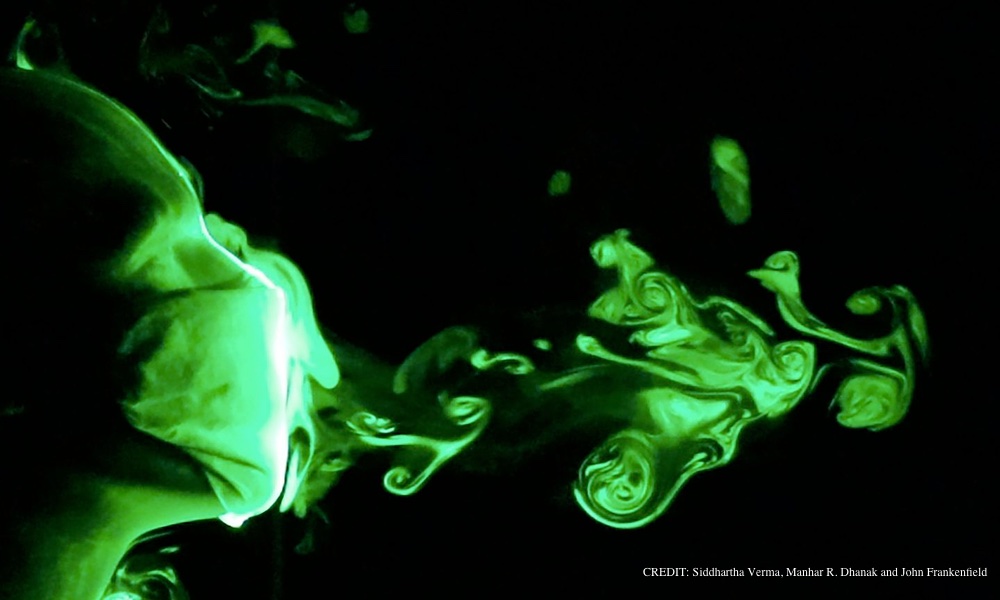Face masks reduce the most common way the novel coronavirus is spread — through respiratory droplets, like those coming from a cough or a sneeze. This is why the CDC and public health officials recommend you wear a face mask when in public during the COVID-19 pandemic, especially indoors and in situations where social distancing is not possible.
There are no specific guidelines about the kinds of face mask materials that work best to limit how far and how fast the droplets can travel, however. To get a clearer idea of the types of masks people should be wearing to protect themselves and others, engineers at Florida Atlantic University looked at the the effectiveness of the most popular types of cloth-based face masks.
“Raising awareness of effective preventive measures is crucial at this time, as we are seeing spikes in COVID-19 infections in many states,” Siddhartha Verma, lead author of the study, told TheDoctor.“Masks don’t reduce the risk of transmission to zero, so it’s important to wear a mask and practice social distancing.”
Uncovered, simulated coughs were able to travel more than eight feet, farther than the currently recommended six-feet social distancing guidelines. Researchers observed uncovered droplets traveling up to 12 feet in about 50 seconds, suggesting, as the team writes in their paper, that current social distancing guidelines may need to be updated. Verma was surprised how far the uncovered droplets could travel and how long they remained suspended.
Droplets covered by a bandana, pictured above, were able to travel almost four feet, droplets covered by a quilted cotton mask traveled two-and-a-half inches, and droplets covered by a cone-style mask traveled about eight inches.
No matter what type of mask you wear, and how snugly the mask fits, there will be a little leakage at the top where there is a gap between the nose and the mask, Verma, an assistant professor in the department of ocean and mechanical engineering at Florida Atlantic University, pointed out. “Masks don’t reduce the risk of transmission to zero, so it’s important to wear a mask and practice social distancing.” he added.
Future studies of SARS-CoV-2 transmission will hopefully investigate how workspaces can be adapted to make sure that if someone coughs or sneezes, the droplets they expel are filtered out as quickly as possible. Studies could examine how ventilation systems should be arranged to optimize the circulation of air and extraction of droplets.





